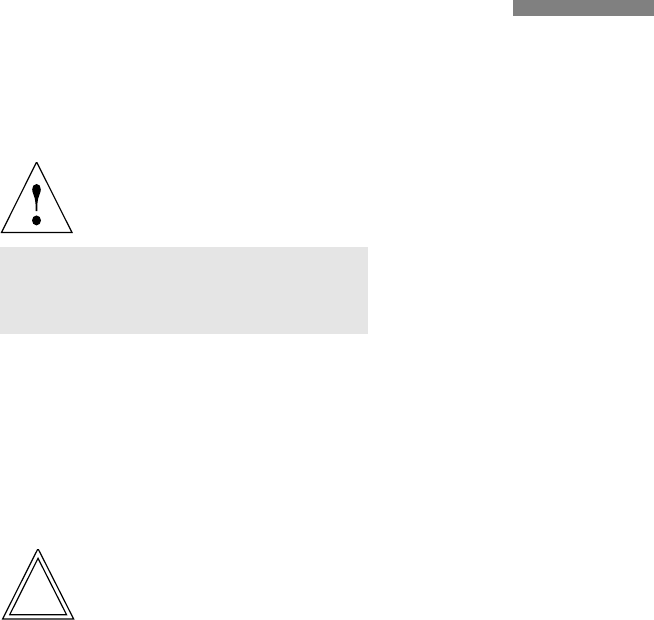
103
n. b.:
Before cleaning and maintenance work, re-
member to disconnect from the mains!
Protect electric components from damp!
Microscopes in warm and humid climates need
special care to keep them free of fungus.
The microscope should be cleaned every time it
is used and the microscope optics should be
kept immaculately clean.
Dust protection
n. b.:
Protect the microscope and peripherals from
dust by putting on the flexible dust cover after
each work session.
Cleaning
! n. b.:
Fibre and dust residue can cause disturbing
background fluorescence in fluorescence micro-
scopy.
Cleaning of lacquered components
Dust and loose particles of dirt can be removed
with a soft brush or lint-free cotton cloth.
Obstinate dirt can be removed with any ordinary
hydrous solution, benzine or alcohol.
Use a linen or leather cloth moistened with one
of these substances to clean lacquered compo-
nents.
! n. b.:
Do not use acetone, xylol or nitro dilution, which
may damage the microscope.
Cleaning agents of unknown composition should
be tested on an inconspicuous part of the
microscope first. Lacquered or plastic surfaces
must not be tarnished or etched.
Cleaning the stage
Remove light spots on the stage by rubbing with
paraffin oil or acid-free vaseline.
Cleaning glass surfaces
Remove dust on glass surfaces with a fine, dry
and grease-free hair brush, by blowing with a
bellows ball or by vacuum suction.
Care and maintenance


















